
The Athlete-Centric Training Plan
Coach Dave Schell talks with Joe Friel about how he gets buy-in from athletes, and creates a dynamic, athlete-centric training plan specific to their individual needs.


Coach Dave Schell talks with Joe Friel about how he gets buy-in from athletes, and creates a dynamic, athlete-centric training plan specific to their individual needs.

Fast Talk Labs has released a complete guide to polarized training for endurance athletes which is free and open to all with no registration required through September 29.
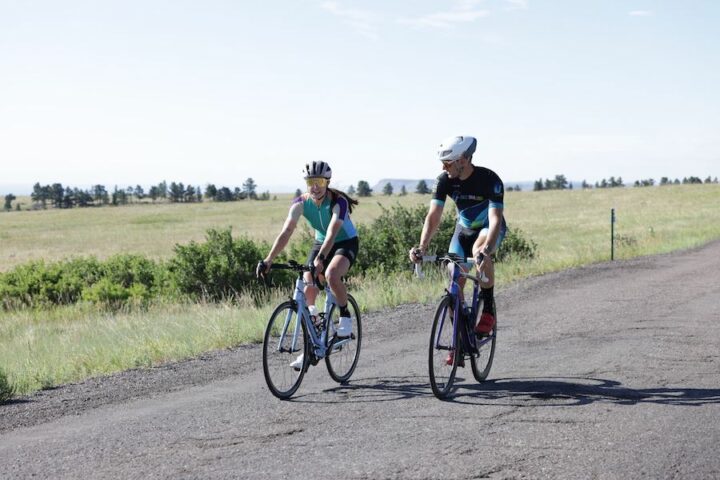
As a coach, you are in the business of addressing the weaknesses that stand in the way of the athlete’s goal. Because every athlete is unique, no two plans should ever be the same.

Learn from Joe Friel and a handful of master coaches on how to become a more versatile coach, adapting training to the needs of each athlete you work with—from novice to elite.

We have a wide range of odd and interesting topics for you in this week’s show.
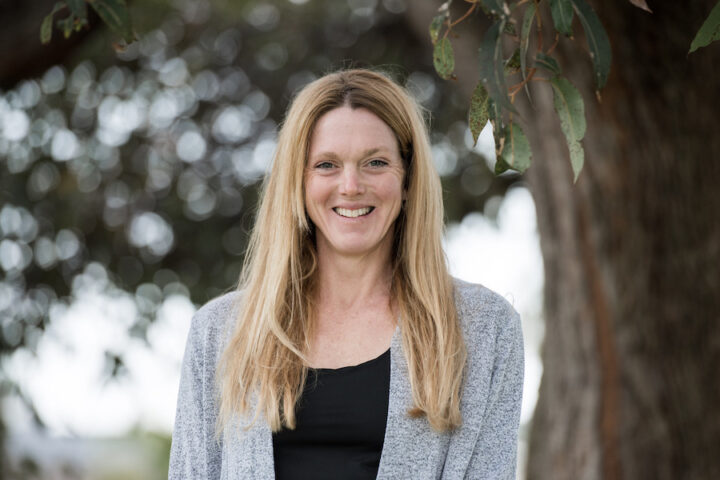
Dr. Stacy Sims shares ways coaches and female athletes can adapt training to harness female physiology throughout their athletic lives.

In collaboration with Dr. Stephen Seiler, the “father of polarized training,” we have curated everything you need to know about the 80/20 training method.

Dr. Stephen Seiler explains why polarized training is a winning strategy for the long game of endurance sports. By balancing the stress of training, athletes see bigger gains over time.

Intensity can be a slippery slope for endurance athletes—there is a temptation to push harder and longer. The real recipe for performance might entail some new priorities.
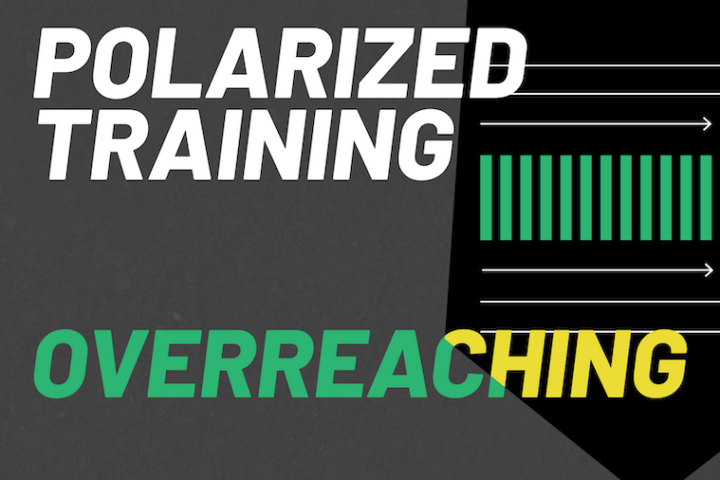
It can be very easy to train at a moderate intensity all the time, which can be a surefire way to land in an overreached state. Polarized training can help prevent that—and in this video, Dr. Seiler explains how.

Scientists have worked closely with athletes and coaches to define the polarized model and explain how it works. Who leads the way? Dr. Seiler talks about the scientific process playing out in valuable ways in both research and the real world.

Is 80/20 really the best mix of intensities? And what’s the best way to categorize training? Dr. Seiler has a simple method to get you started.

To truly polarize your training, you need to focus your training in two key zones. Coach Trevor Connor explains how this works for the sport of cycling, but the physiology applies to all endurance sports.

Most popular training methods claim to build your aerobic engine, but the training to achieve that goal will look and feel very different.
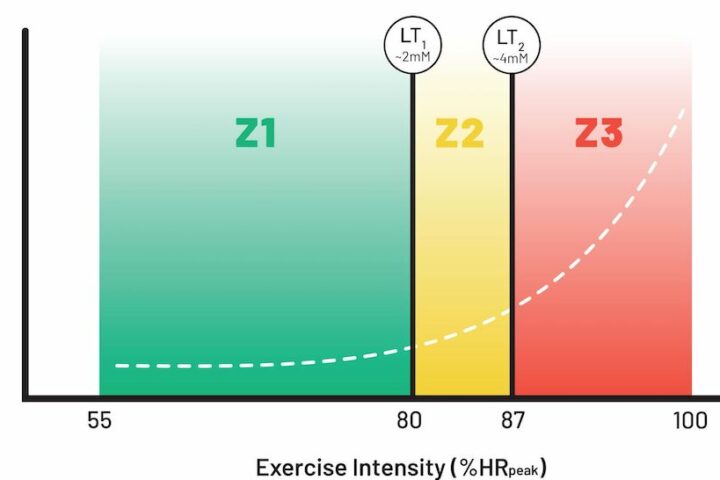
Polarized training is a case where science hustled to catch up with real-world results. Coach Trevor Connor explains how sport science misunderstood the physiology and inadvertently shifted the focus toward high-intensity training.

Running coach Ryan Bolton shares three key workouts for runners who want to polarize their training.
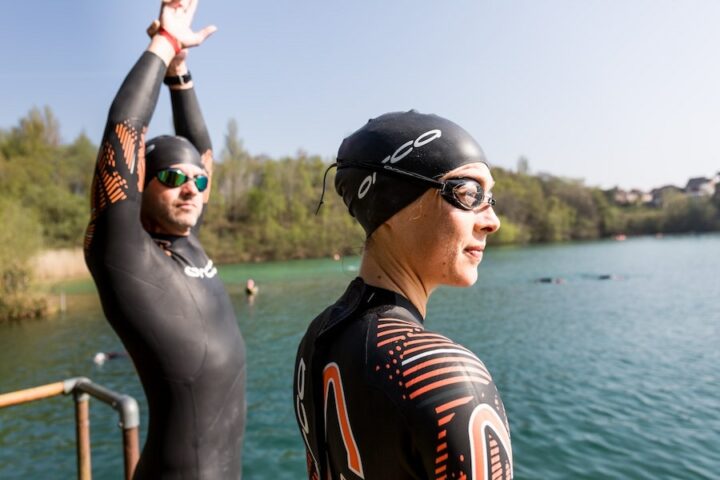
What does polarized training look like for triathletes? Find out with coach Ryan Bolton’s tri-specific swim and run workouts.

This is our first episode of a limited series recorded with Dr. Stephen Seiler. In this episode, Seiler explains his background as a researcher, and talks about something near and dear to all of us: the heart.